|
Our latest trip to Cuba in September and October 2016 to the Luna y Mares Hotel near Guardalavaca was a quieter trip than in June because apart from a three-day trip to Camagüey and a day trip to Gibara our time was spent within just a few miles of our hotel. The quantity of butterflies was quite low compared to previous visits as it had been quite dry but we still managed to see 85 species and made some exciting discoveries. The grass around the hotel gardens was quite short and didn't need cutting while we were there though it did rain towards the end of our stay. The grass in the gardens however wasn't as short as it was at the nearby sewage works though this was because they now have a herd of goats grazing it which is a shame as it now resembles a billiard table and is of no ecological value at all. The pools themselves still held the usual mix of waders and today there was 20 Black-necked Stilts, 1 Solitary Sandpiper and 8 Killdeer. At the main lagoon (not part of the sewage works) there was an Osprey, 3 Anhinga and the usual herons and egrets and several Least Grebe with half-grown stripy-headed young. There were also several Cuban Martin which is something we do not see very often. There were more flying above the restaurant at breakfast and I thought I would leave it till later in the holiday before trying to get some pictures of them – bad move as we only saw them for the first couple of days and then only once thereafter. It was the same with Orange-barred Sulphur Phoebis philea which were very common for the first two days followed by singles up to the 26 September and then we saw none after that. A male Little Yellow Pyrisitia lisa was quartering the grass and when it settled I realised it had been attracted by the pheromones of a female that had just emerged and was still inflating her wings. It took a further couple of minutes for them to inflate fully. Smudged Yellow Eurema lucina were common throughout the holiday and as they never settle with their wings open I spent a while trying to get pictures of the upperside in flight. We spent the day walking the trails in the woods and fields around the hotel. The field opposite the entrance was in good condition with Stachytarpheta in flower so there were several skipper species including Fiery Skipper Hylephila phyleus which we hadn't recorded in the area before.
1 Comment
I was recently sent some good photos of Cuban dragonflies by Heinrich Schiess which I have now added to the website. This prompted me go through my own pictures too so I have added these as well following some very useful help on identification from Heinrich's friend Jürg De Marmels from Venezuela for which I am very grateful. This means that about 20% of the Cuban species are now featured here. I am just compiling a first draft of the list of Cuban dragonflies and will load this in the next few days. You can view the pictures by clicking on Species > Other Wildlife > Odonata. Thank you again to Heiri and Jürg for their help and if any readers have good photos of Odonata taken in Cuba I would be happy to include them.
For our last night we stayed again at the wonderful Refugio de Reyes Guesthouse in Holguin (the best place to stay in the city imho). Two week holidays go all too quickly and it was soon time to say our goodbyes to Doug who had been a great companion and friend during the trip not to mention a great source of knowledge. Our thanks go to him and to our excellent driver Leandro as between them they had made the trip. We spent our last couple of hours on top of the Hill of the Cross (Loma de la Cruz) overlooking the city. On our previous visit we had walked up and down the 458 steps but on this occasion Leandro drove us to the top. There had been a few changes here and a small restaurant had been built by the cross, and many of the Lantana bushes which had had lots of butterflies nectaring had been removed which was a shame. We still saw twenty butterfly species there with small numbers of Chestnut Leafwing Cymatogramma echemus, Florida Purplewing Eunica tatila and Gray Cracker Hamadryas februa amongst others all flying in a north-westerly direction over the summit. Some new flowering shrubs had been planted which attracted several De Villiers' Swallowtails Battus devilliers which were surprisingly aware of my presence and each time I went to one side of the bush it would go the other. What a great trip. 113 species of butterflies and 44 of these also recorded as immature stages! All this plus some excellent birds and several new reptiles. Thank you Doug and Leandro.
We went a short way along the coast to the east this morning to a beach at Juragua and explored the coast and scrub. On the way there a pair of Limpkin were having a fight on the side of the road. We stopped and I got a few rapid shots of one before it disappeared from view. They are long-legged water birds that are widespread in swamps and marshes where they feed mainly on snails and other invertebrates. There were quite a few families partying on the beach but the scrub behind produced some nice things including several Concolorous Skipper Burca concolor and Banded Yellow Eurema elathea. Doug then proceeded to find a whole host of eggs and larvae that I'm sure I would have missed. A male Queen Danaus gilippus was nectaring on flowers and there were a few eggs on the Calotropis procera plants. We spent some time searching the succulent Sesuvium near the tide-line for Pygmy Blue Brephidium exilis larvae but all we found was eggs. There were also larvae of Gulf Fritillary Agraulis vanillae, Mexican Fritillary Euptoieta hegesia, Zarucco Skipper Erynnis zarucco and Sleepy Orange Abaeis nicippe. We made further stops on our way back to Holguin and at one in a small clearing near the road we saw Antillean Flasher Astraptes xagua nectaring on Stachytarpheta and an Arctiidae moth called Cydosia nobilitella that we had not come across before. |
Welcome to our Blog
Here we will post interesting news about what we and others have seen in Cuba. Archives
July 2024
Categories |





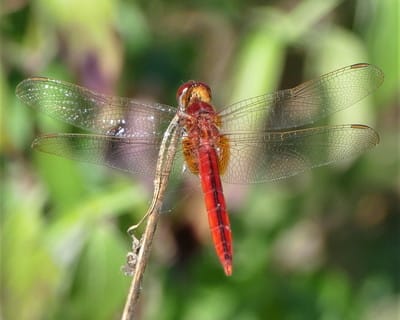



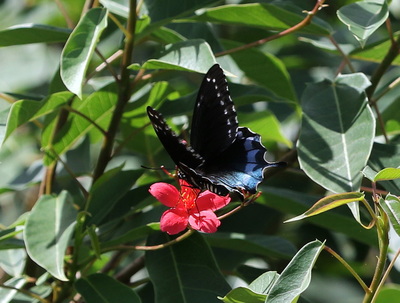
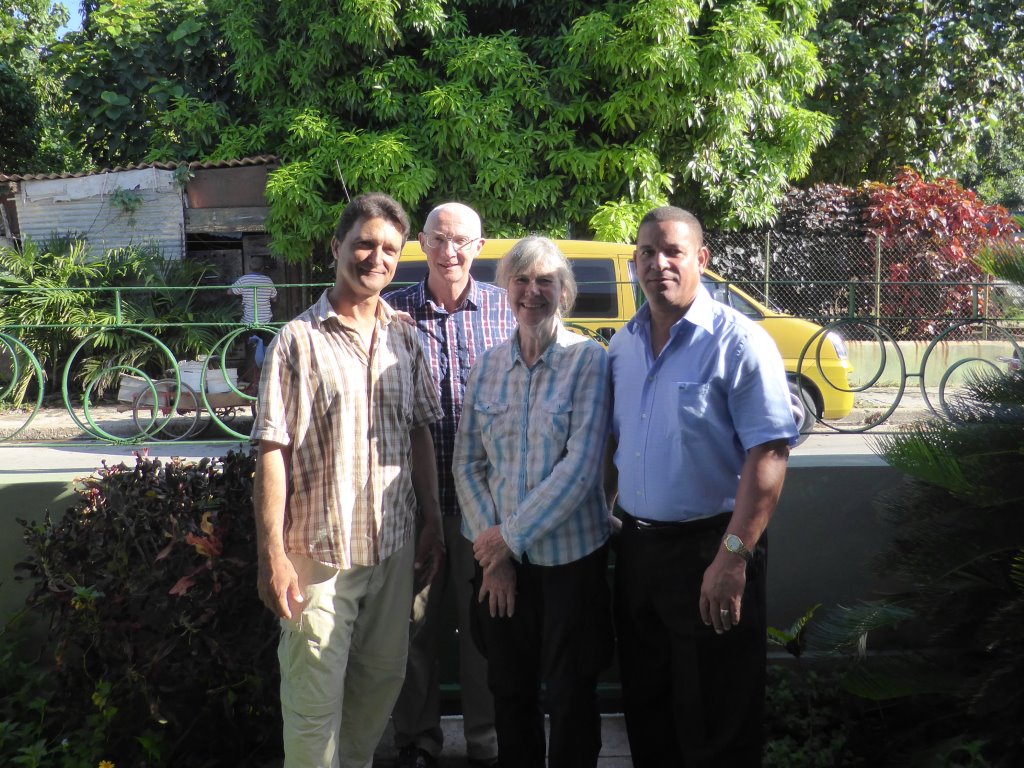








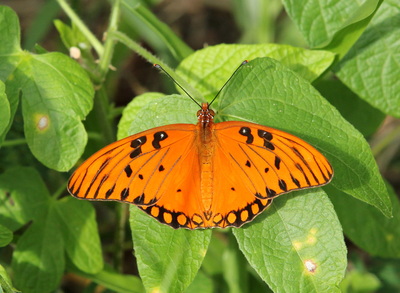








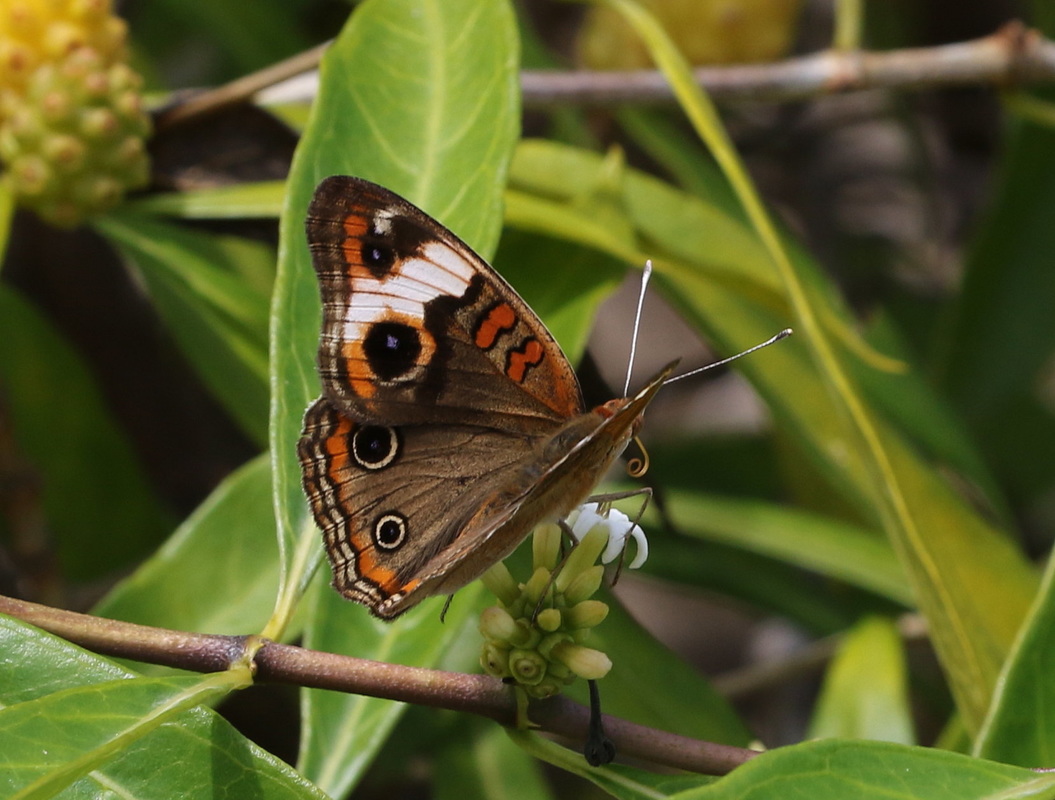
 RSS Feed
RSS Feed